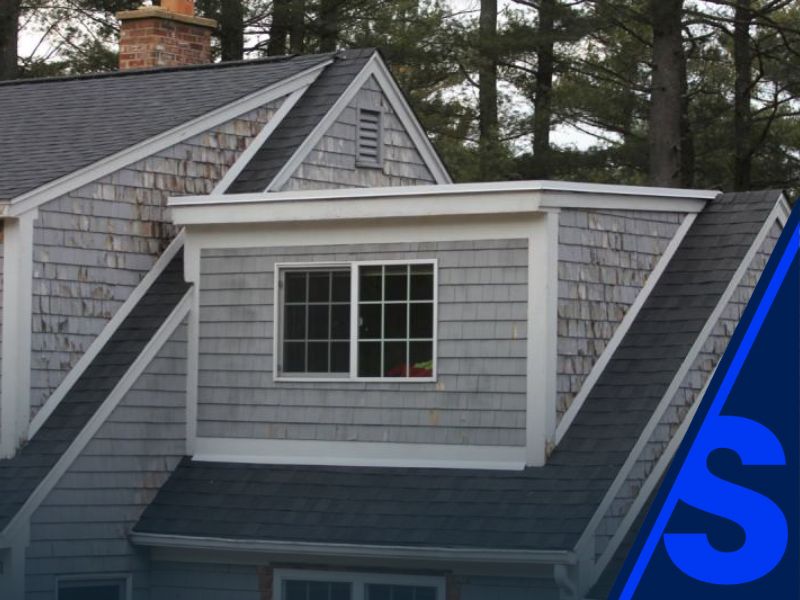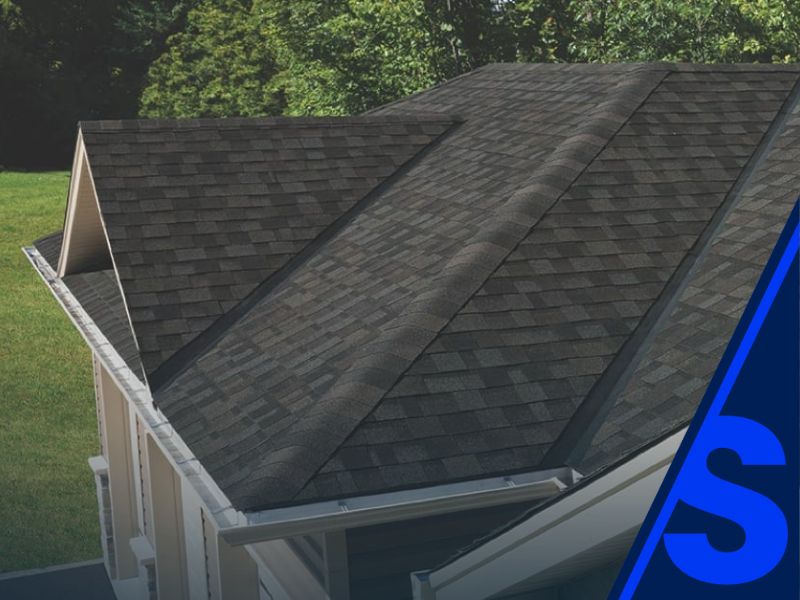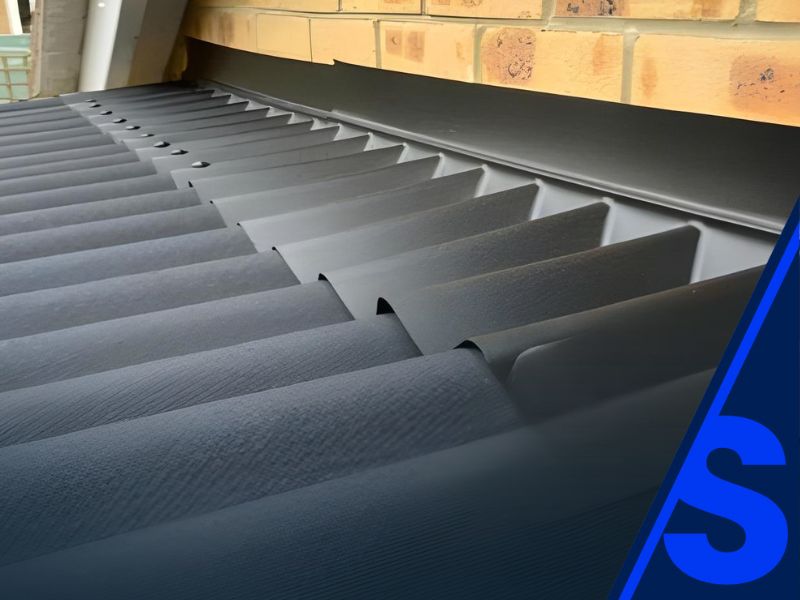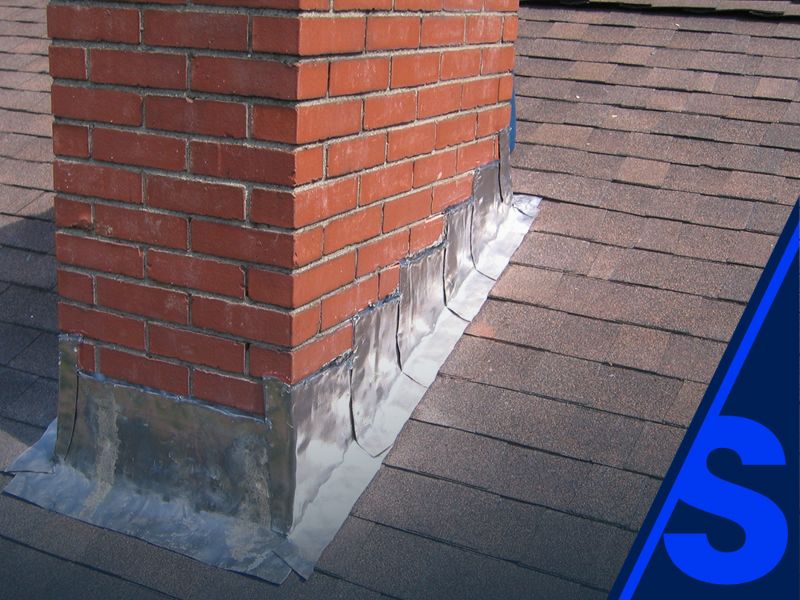Table of Contents
Introduction
For home builders in Florida, staying on schedule is crucial. Every aspect of a new construction project, from the foundation to the final touches, depends on precise coordination between different trades. Roofing is a major milestone in the build timeline, as it affects when interior work can begin. However, not all roofing materials install at the same pace—some options are faster and more cost-effective, while others require more time due to complexity and weather considerations.
Choosing the right materials and working with an experienced roofing contractor in Florida can significantly impact how quickly a project is completed. This guide explores how different roofing materials affect build timelines and offers strategies for home builders to keep their projects on track.
Factors That Impact Roofing Timelines
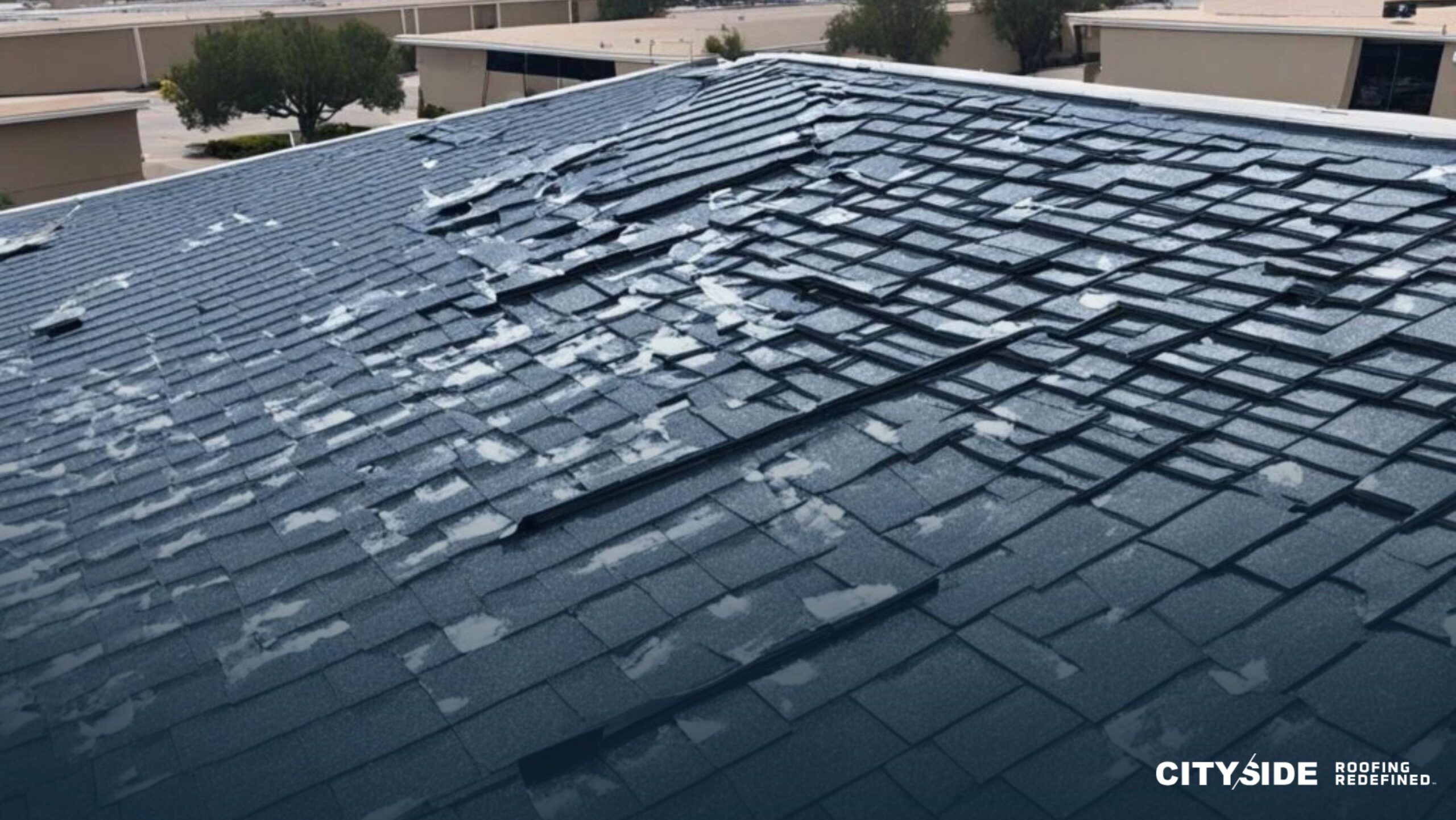
Several factors influence how quickly a roof can be installed, including:
- Material Type – Some roofing materials, like asphalt shingles, can be installed quickly, while others, like tile, require more time and specialized labor.
- Project Scale – Multi-unit residential developments often take longer due to the increased surface area and coordination required.
- Weather Conditions – Florida’s unpredictable weather can delay roofing installations, especially for materials that require dry conditions.
- Permitting & Inspections – Florida has strict building codes for hurricane resistance, and certain roofing materials require more extensive permitting and inspections.
- Labor Availability – Some roofing materials require specialized skills, which can affect how quickly an installation is completed.
By understanding these factors, home builders can plan their projects more efficiently and avoid unnecessary delays.
Comparing Roofing Material Installation Times

Each roofing material has its own installation timeline, and home builders should consider this when selecting a roof type for their projects.
3.1 Asphalt Shingles: The Fastest Option
✅ Installation Time: 1-3 days for an average-sized home
✅ Best For: Single-family homes, townhomes, and developments requiring quick installation
Asphalt shingles are the most commonly used material for Florida roofs due to their affordability, durability, and ease of installation. They can be installed quickly, allowing home builders to move on to interior work faster. Additionally, asphalt shingles are lightweight, meaning they don’t require additional structural reinforcement, which can further speed up the process.
Potential Delays:
- Bad weather (rain or high winds) can temporarily halt installation.
- If working on a large-scale development, coordinating multiple teams is essential to maintaining efficiency.
3.2 Metal Roofing: Fast but Requires Expertise
✅ Installation Time: 2-4 days for standard homes; longer for custom designs
✅ Best For: Modern homes, high-end developments, and builders prioritizing durability
Metal roofing is growing in popularity due to its energy efficiency and long lifespan. While metal panels are relatively quick to install, they require precise measurements and skilled labor. Partnering with an experienced roofing contractor in Florida ensures that installation goes smoothly.
Potential Delays:
- Custom-cut panels may take longer to manufacture and deliver.
- Improper installation can lead to leaks, requiring additional time for corrections.
3.3 Tile Roofing: Aesthetic Appeal but Longer Installation
✅ Installation Time: 7-10 days
✅ Best For: Luxury homes, Mediterranean-style developments, and coastal properties
Tile roofing, whether clay or concrete, is a durable and visually appealing option for Florida roofs, but it takes significantly longer to install. Each tile must be individually placed and secured, adding to the timeline. Additionally, tile roofs require a stronger structural framework, which can extend the overall build time.
Potential Delays:
- Tile materials can be heavy, requiring additional structural reinforcement.
- Custom color or style selections may have longer lead times.
3.4 Flat Roofing Systems (TPO & EPDM): Efficient for Large-Scale Projects
✅ Installation Time: 3-5 days for large buildings
✅ Best For: Multi-unit residential projects, commercial buildings, and modern designs
Flat roofing systems, such as TPO and EPDM, are commonly used for large residential and commercial buildings. These materials are installed in large sheets, allowing for relatively quick coverage of large areas. However, precise sealing and layering are necessary to ensure waterproofing.
Potential Delays:
- Weather-sensitive installation—rain can cause significant delays.
- Requires skilled labor for proper application and sealing.
Weather Considerations for Florida Roofs
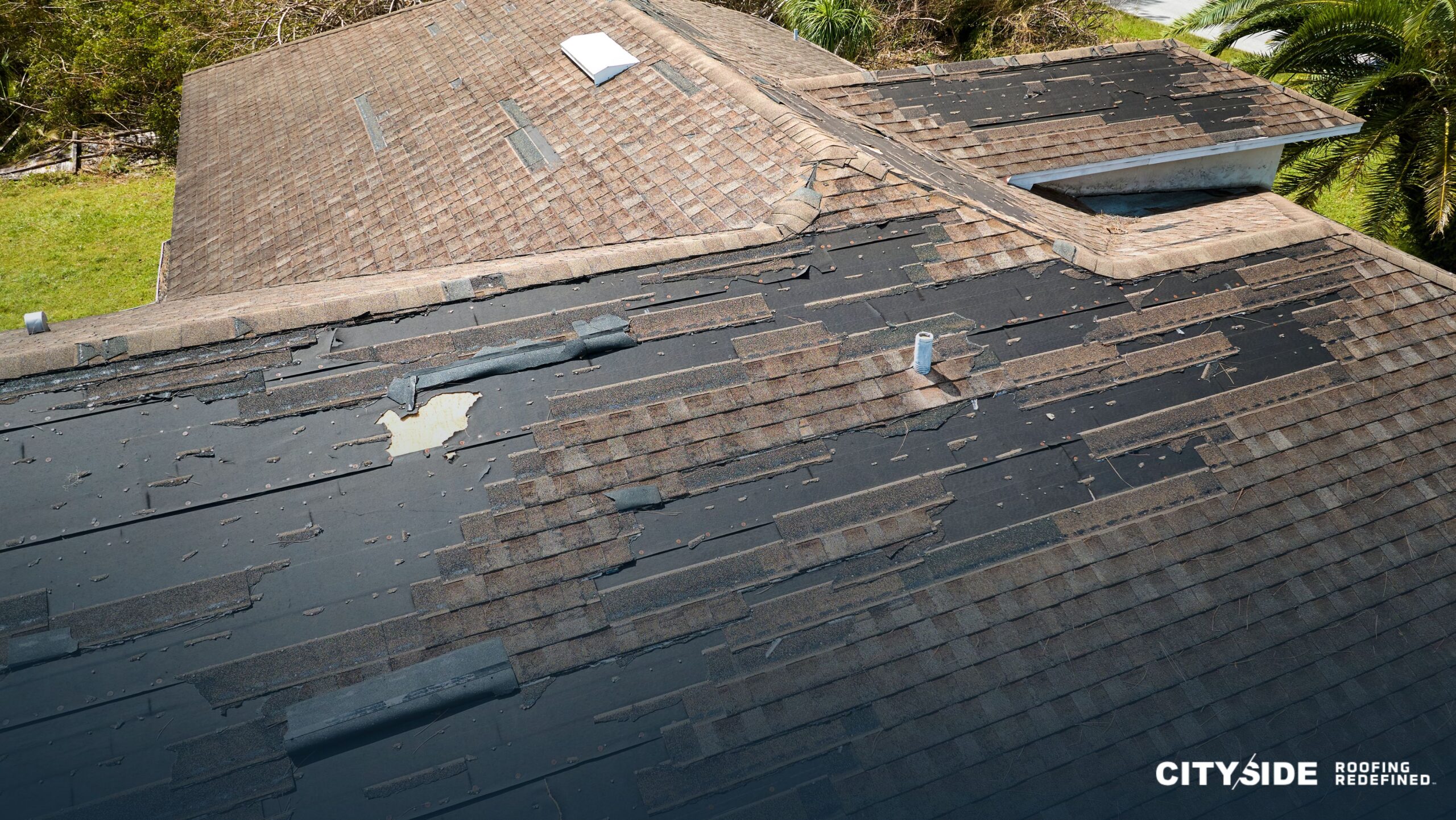
Florida’s climate plays a major role in roofing project timelines. Home builders must account for:
- Hurricane Season (June – November): High winds and rain can disrupt installations and delay material deliveries.
- Extreme Heat (Summer Months): Roofers may need to work shorter shifts to avoid heat-related risks, slowing down progress.
- Frequent Rainfall: Some roofing materials, like TPO and tile, require dry conditions for proper installation.
To minimize delays, it’s best to schedule roofing installations during Florida’s drier months (December – May) whenever possible.
How to Streamline Your Roofing Process
Home builders can take proactive steps to keep roofing projects on track:
- Choose Fast-Installing Materials – If speed is a priority, opt for asphalt shingles or metal roofing.
- Work with Reliable Suppliers – Ensure materials arrive on time to prevent schedule disruptions.
- Hire an Experienced Roofing Contractor – A professional team like CitySide Roofing can install roofs efficiently and correctly the first time.
- Plan Around Weather Conditions – Monitor forecasts and schedule roofing work during dry periods.
- Coordinate with Other Trades – Roofing should align with framing and exterior work to avoid bottlenecks.
Why Work with a Professional Roofing Contractor in Florida?
Partnering with a reputable roofing contractor in Florida is the best way to ensure a smooth and timely installation process. CitySide Roofing specializes in working with home builders to:
✔️ Meet tight deadlines with efficient project management.
✔️ Ensure high-quality workmanship for durable, long-lasting roofs.
✔️ Navigate Florida’s building codes to ensure compliance.
✔️ Provide reliable material sourcing to prevent supply chain delays.
Whether you’re working on a large multi-unit development or a single-family home project, CitySide Roofing has the expertise to keep your build on schedule.
Conclusion
Roofing materials play a significant role in determining how quickly a construction project can move forward. While asphalt shingles offer the fastest installation, metal and tile provide durability and aesthetic appeal at the cost of longer build times. Home builders must also factor in Florida’s weather conditions and state regulations to avoid unexpected delays.
Working with a trusted roofing contractor in Florida like CitySide Roofing ensures your projects stay on track, comply with all regulations, and meet the highest standards of quality.
Need a roofing partner for your next build? Contact CitySide Roofing today for professional, efficient roofing solutions that keep your projects moving forward!
Related Reading: Best Materials for Hurricane-Resilient Florida Roofing Projects

